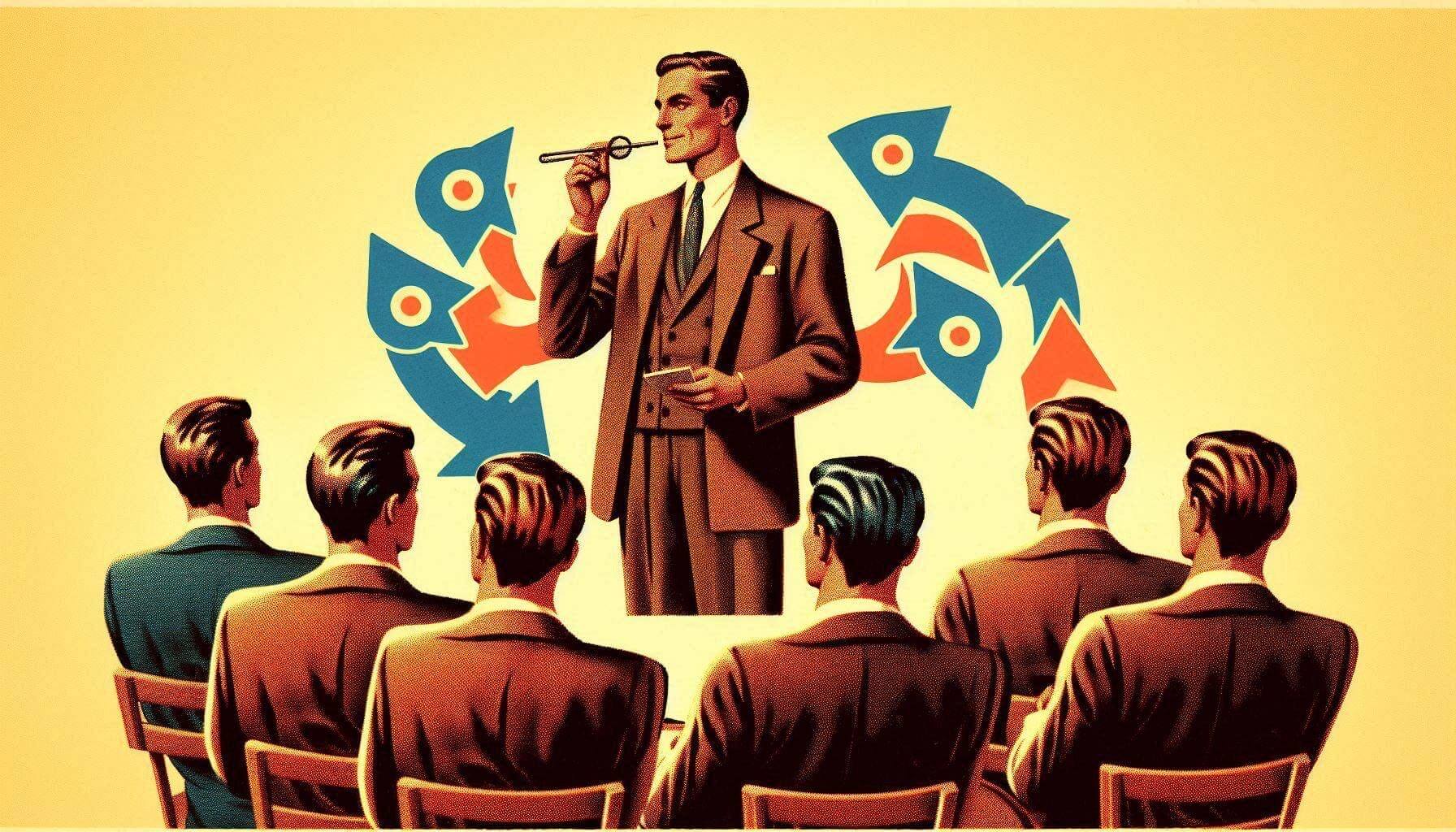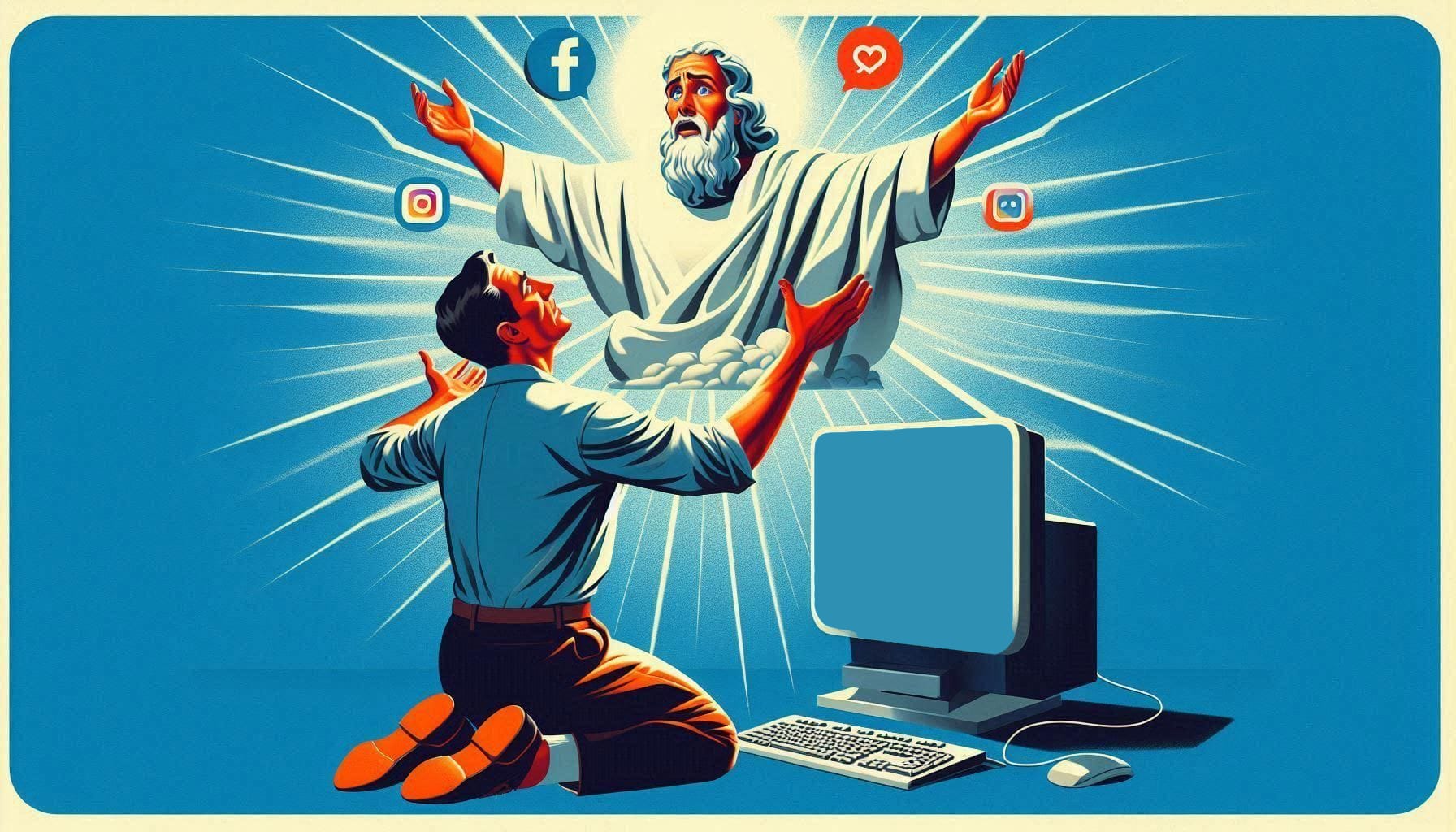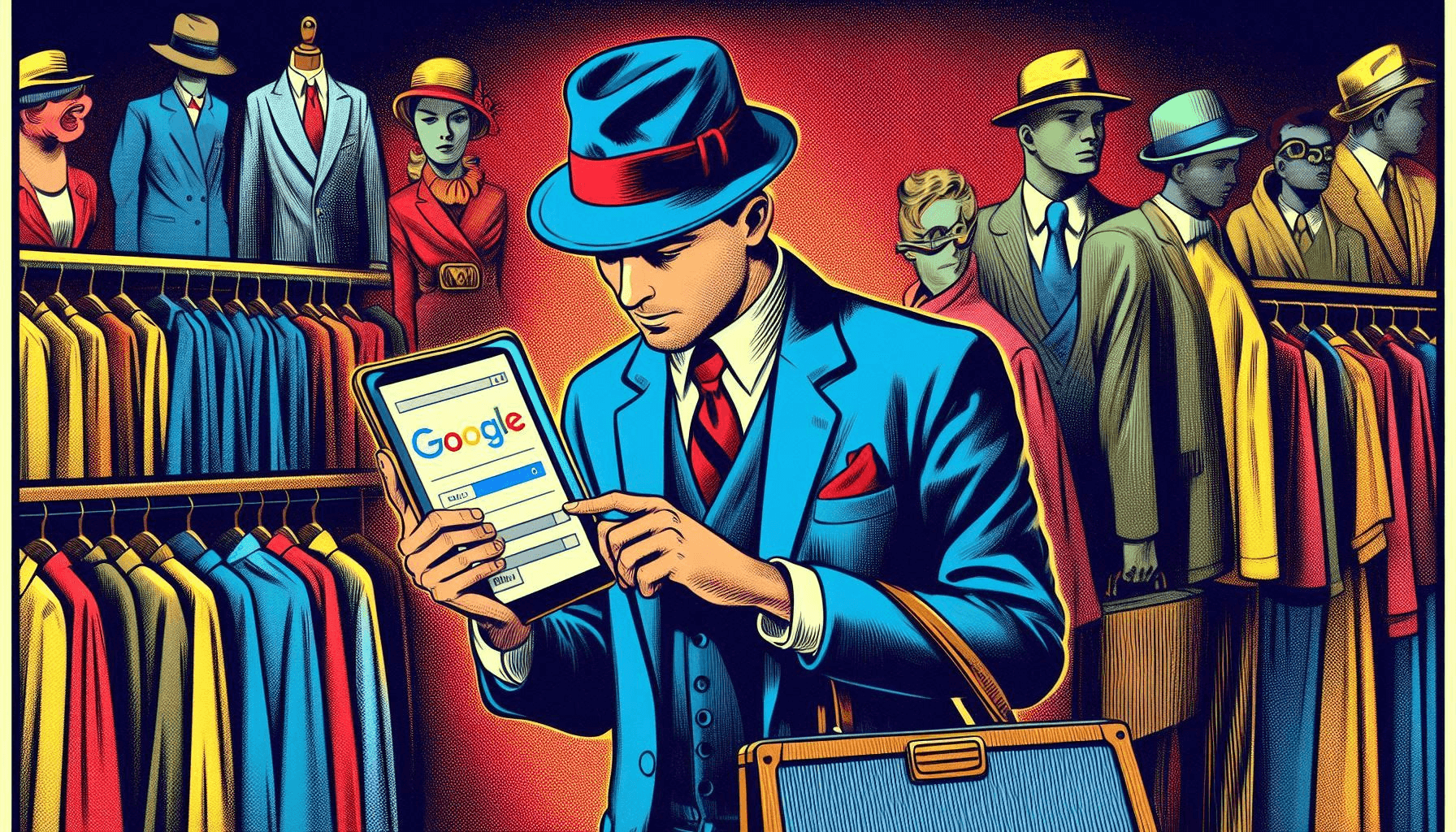Just as it seemed every crevice of the Internet was stuffed to the brim with every kind of marketing tactic — from video ads on YouTube to slyly inserted sponsored tweets in personal Twitter feeds — some marketers flipped the switch on online marketing and walked out the door. They walked to their neighborhood bar, ordered a beer, and met with a client to pitch a sale to them, eye-to-eye, and the computer sat at work.
Offline marketing, simply defined as sales tactics disconnected from the Internet, looks more archaic with each passing year.
Here are six offline marketing strategies to watch sales grow.
1. Invest in your community.
“Offline you can do something different to stand out from the crowd,” Rachael Battersby, account director at Staunton Rook, a UK-based marketing and graphic design agency, said. “Get involved in the communities that your business operates in. Sponsor the local cricket team, volunteer at a local hospice.
Get in the newspapers and get coverage for giving something back. In a world where businesses are seen to take, take, take, investing a little time in corporate social responsibility can really make a difference and stand you ahead of your competition — getting you noticed for the right reasons.”
[nnr_quotables text=”Offline, you can do something different to stand out. Get involved in the communities.” platform=”twitter” layout=”bubble” style=”light” bitly=”” button_text=”Click to Tweet” twitter_username=”99robots”]
2. Plan events.
Nobody’s waiting for another blog post to be published, Andy Crestodina, strategic director at Orbit Media, a web design and development firm that’s worked with B2B and B2C clients across most industries, said. But a lot of people would love to see a local event that pulls together their peers.
The offline marketer smart enough to capitalize on the power of events gains connections and most of the benefits associated with the connections. Andy, for instance, has hosted the monthly Wine & Web and yearly content marketing conference, Content Jam, for the last five years, and reaped the reward of quality face-to-face contact with people. (“Events rule!” he piped.)
99 Robots also sponsors the local WordPress Meetup and All Things Marketing, a meetup focused on growing your business through online marketing. This gives us the opportunity to get in the community and meet industry leaders and fellow marketers and developers in the community.
Although these events may not always lead to direct lead generation opportunities, serving as an organizer has opened the door for invitations to other speaking engagements.
Last year, I sat on a panel with a few executives, many of which I kept in touch with. One of the executives was the CMO (Chief Marketing Officer) of one of the largest companies in its respective vertical. Recently, when I was catching up with her, the conversation led to a rather large marketing contract.
Orbit Media concentrates on three offline marketing avenues in its hometown of Chicago — speaking at conferences, speaking at Orbit Media events, and hosting office hours on Thursday and Friday morning.
“Speaking at conferences has big social media and search optimization benefits because they’re marketing conferences, attended by people who are active content creators who use social media,” he said. “Plus, it’s a lot of fun to see friends in the industry from around the world.”
Admittedly, Orbit Media employees speaking at their own company’s events doesn’t do much of a service for them in terms of social media or search rankings, Andy said, but it is great for sales because it’s an excuse to invite clients, strangers, and prospects to come together, mingle, and learn.
“Finally, the third event is just my office hours, which I’ve done forever,” he said. “Anyone who wants to can come in and meet with me for an hour on Thursday or Friday mornings and ask me anything. I use an online tool to manage the scheduling and people book time slots far in advance.”
3. Use what happens offline to drive what happens online.
“Use those offline interactions — meetings and conversations — to drive your online marketing efforts,” Andy said. “Every question in every meeting is evidence that there is demand for that topic. So you can publish content on that topic, knowing that there’s an audience. It’s one of the main tricks to fining what to blog about. So offline drives online.
Next, when you have conversations with prospects and partners, look for opportunities to mention your content. Whenever this happens, make sure to follow up with an email (“Here’s that post I mentioned”) to support your message from the face-to-face meeting. Again, offline drives online.”
Rachael, similarly, knows the relationship between online and offline communication.
“[Staunton Rook] tends to find that we use offline marketing increasingly as a way to inform our clients’ customers of their service offering, with the ultimate goal being to get them to either pick up the phone and order direct or to drive them to the website to continue their journey, ultimately resulting in a call to action via the website,” she said.
[nnr_quotables text=”Use what happens offline to drive what happens online. ” platform=”twitter” layout=”bubble” style=”light” bitly=”” button_text=”Click to Tweet” twitter_username=”99robots”]
4. Don’t underspend or deliver the same thing.
It’s tempting for companies to cut corners on print in order to save their pockets when in effect what they end up doing is devaluing their brand, Rachael said.
In a world where marketing is becoming increasingly dominated by online activities, it’s natural for companies to become shocked when faced with high costs when comparing a direct mail campaign with an online HTML campaign – both have their merits, although, admittedly, one comes with a higher cost in terms of print and distribution.
In a similar vein, don’t produce the same idea or product as hundreds of competitors, (possibly because you skimped on your budget).
“Don’t be tempted to churn out the same style of advert that your competitors have been doing in an effort to fit into the marketplace,” she said. “Ensure that your messages are strong, concise, and to the point. Focus on the solution you provide, and ensure that is at the forefront of your messages.
How do you make that individual’s life easier, better, more fulfilling? You have a two-second window to grab that target’s attention – make sure you stand out from the crowd by presenting yourselves differently in a way that resonates with your viewer or listener.”
[nnr_quotables text=”You have two seconds to grab the target’s attention. Make the person’s life easier, better, and more fulfilling.” platform=”facebook” layout=”bubble” style=”light” bitly=”” button_text=”Share on Facebook” twitter_username=””]
In 2012, Tripl’s Peter Sullivan turned a parking ticket into 40,000 customers. Sullivan was trying to get into Y Combinator’s, one of the most prestigious start-up incubators in the country, Demo Day, a gathering of some of the most influential investors and startup community members.
Demo Days attendees all drove to the event and used the nearby parking spaces and lots. In a moment of inspiration, he pulled out his laptop and designed a fake parking violation. The ticket read, “You have illegally been subjected to make a big investment decision based on a two-minute demo pitch,” and included a QR code for Tripl’s app — as well as the company’s latest infographic on the role of mobile devices in the booming travel industry. Although they may not seem much, when leveraged strategically, QR Codes can prove to be a great way of engaging your audience and promoting app downloads using a custom QR code Generator.
Sullivan printed nearly 300 of the fake tickets, and placed them on the windshield of every luxury car he could find in the surrounding area. He then took a picture on Instagram and posted it to Y Combinator’s Hacker News site, soon climbing to the site’s number one story. The resulting press his content received helped his start-up reach 40,000 users within its first year.
5. Go old school.
Bill, president of Whitehead Agency Group, a Toronto-based healthcare marketing agency, relies on signage, out-of-home signage, and radio advertisements to find clients. He said he used to run ads in newspapers and magazines, but stopped once he found that the market he was trying to reach was no longer reading newspapers and print the way they used to.
On top of that, from a cost-efficiency point of view, the cost per thousand for print advertising simply wasn’t effective.
“It’s locked,” he said. “It’s so far out of proportion.”
But he didn’t give up on print altogether — he uses magazines and newspapers as vessels to carry inserts now.
“I’m reaching a newspaper’s circulation, but I’m able to target specifically the parts that I want,” he said.
6. Embrace the tangible.
In a phone interview with Bill, he recalled the campaign that was implemented two or three years ago for the men’s soap brand, Old Spice.
“The most successful part of it was the offline, which was the couponing,” he said. “What everyone remembers is the TV commercial that aired during the Super Bowl, but the component that was the most effective in terms of driving sales and activation was the insert that went into millions and millions of newspapers into the States.”
By having the offline integrated with the overall communication system, it was a piece of the puzzle that solidified everything, he said.
The offline is the tangible, the thing people can touch and you can feel, like a postcard, or a piece of direct mail.
And direct mail, he went on to say, is more powerful than what most individuals imagine.
“I remember reading a statistic as to the number of catalogs that Victoria’s Secret printed and produced,” he said. “It was absolutely staggering … it was well over … 120 million, but the catalogs represented the tangible link to the brand that brought men and women online, onto the website. All of the offline is all the stuff you can test and you can feel. And too many companies, both agencies and brands, are caught up in the digital.”
[nnr_quotables text=”All of the offline is all the stuff you can test and you can feel. And too many companies, both agencies and brands, are caught up in the digital.” platform=”linkedin” layout=”bubble” style=”light” bitly=”” button_text=”Share on LinkedIn” twitter_username=””]
[Emails are] here one moment, and 20 minutes later it’s buried,” he said.
Conclusion
Andy perhaps said it best: Great social media marketers know that online is a step on the path to offline.
When good marketers make a high-value connection, they move the conversation from social, to email, to phone (or Skype), to coffee (or beer).
Once the in-person meeting’s taken place (a trip to the bar is not a requirement), you have a connection that other people online don’t have. The masters of networking have always known this — but others are just figuring it out.
Have you tried anything that has worked for you offline? Let us know in the comments!









